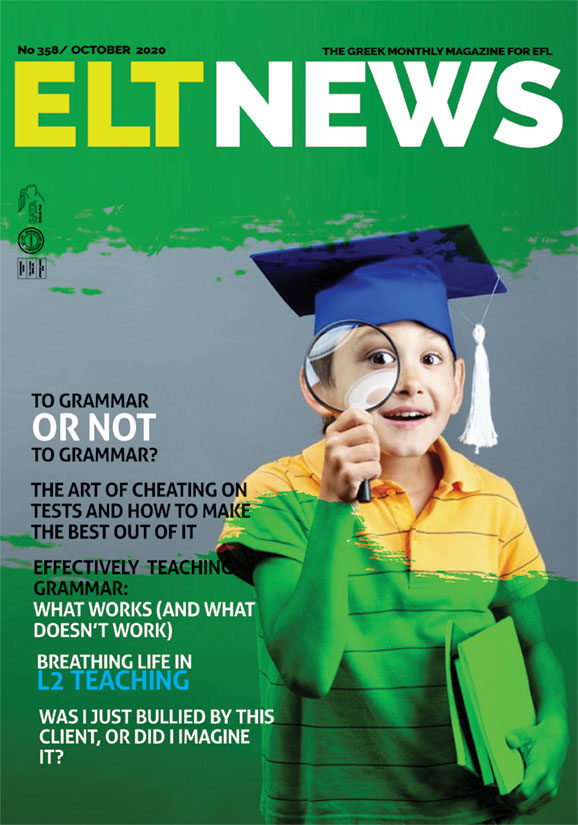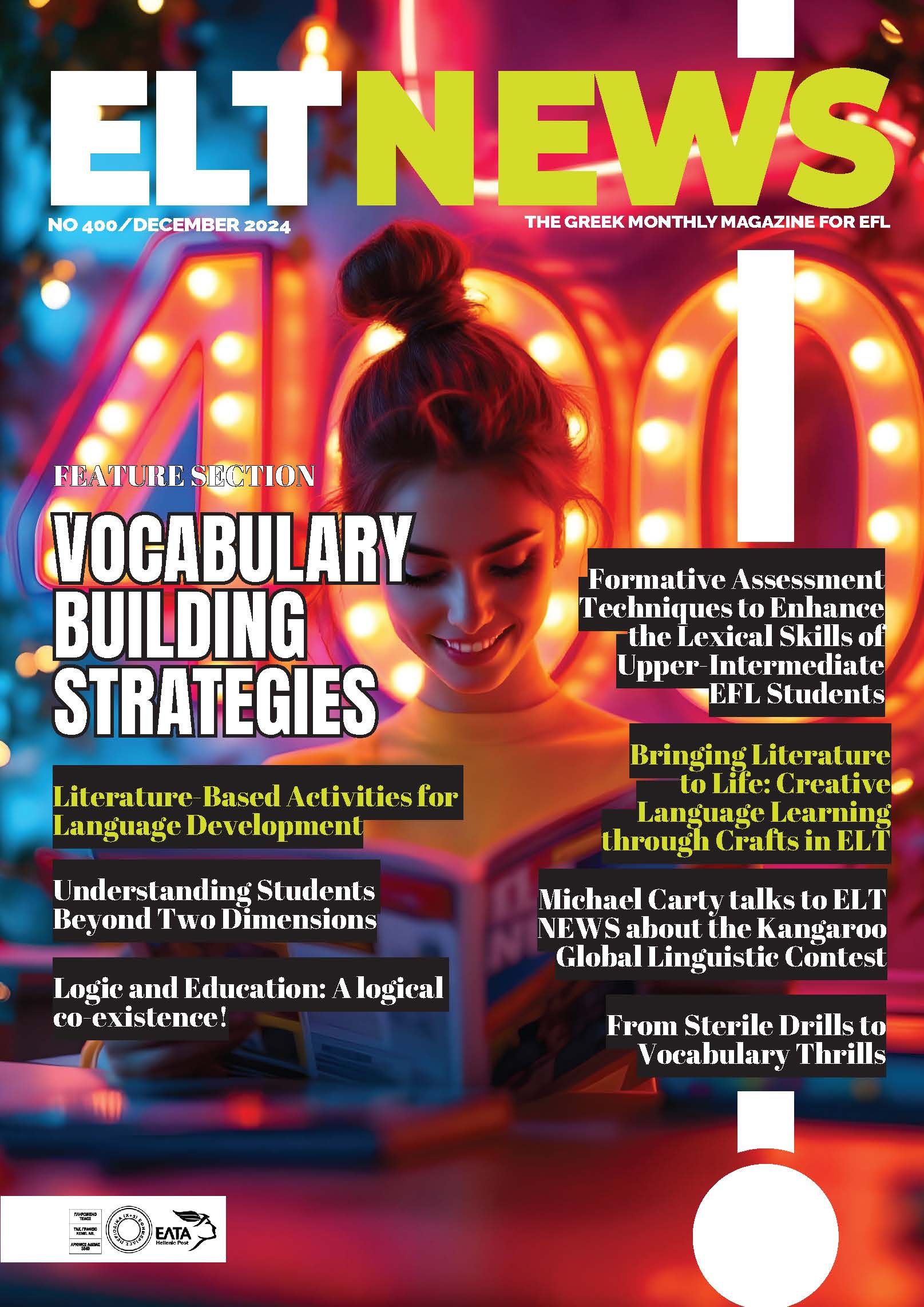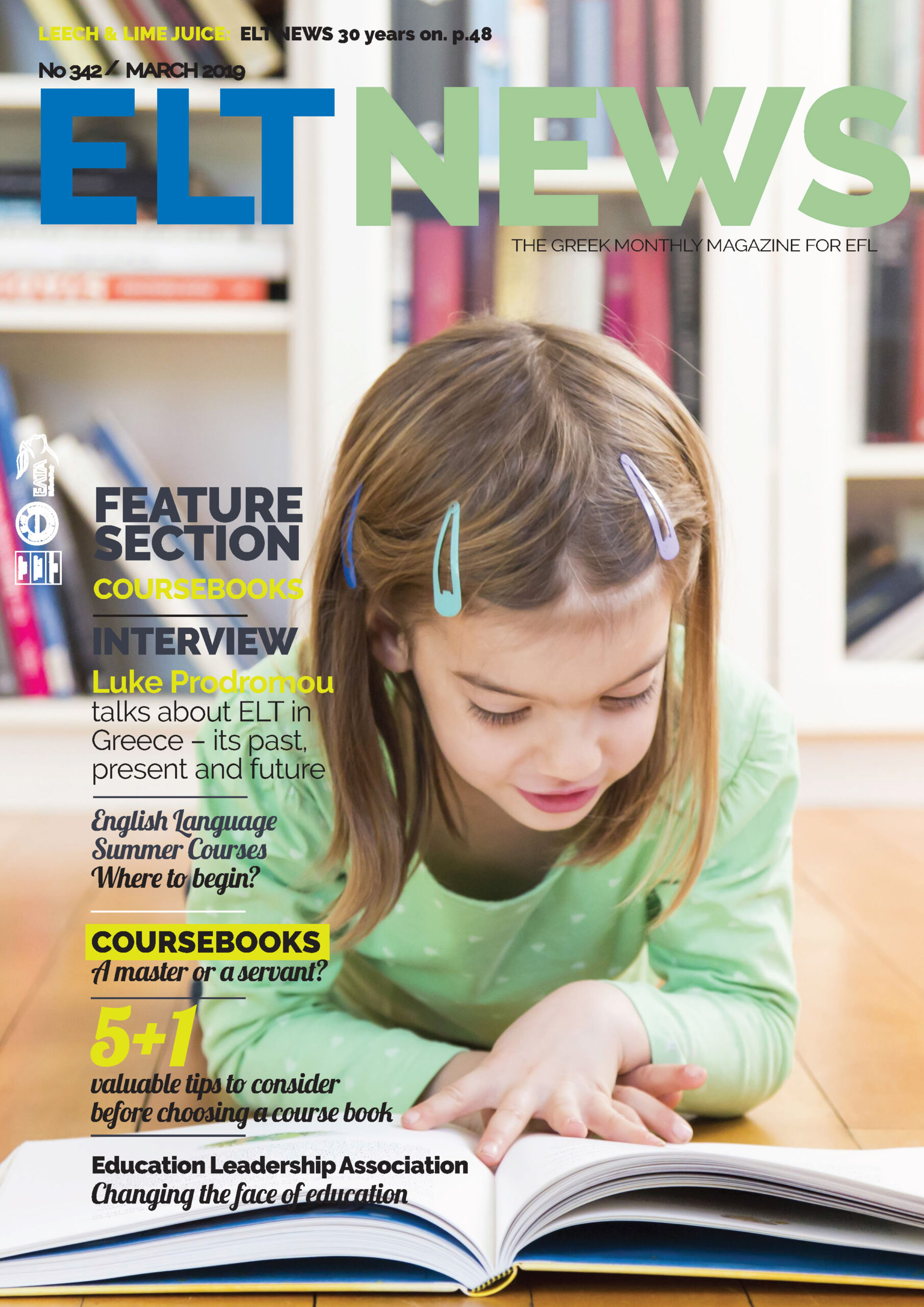However, the question of how grammarHowever, the question of how grammaris to be taught is at the heart of oneof the most enduring controversies inEFL. A wide range of opinions is foundin the field. Some maintain that explicitgrammar rules absolutely must betaught and drilled, or students will becondemned to a lifetime of fossilizationat an early stage of interlanguage.Some argue that explicit rules anddrills are a terrible waste of time,and that comprehensible input isthe only effective way to promotethe acquisition of grammar. Manyoccupy positions somewhere betweenthese two extremes, and many othersprobably have no idea where theystand.
In spite of the long-standing grammardebate, the fact remains that we do not use language without grammar.Perhaps, then, the problem is notgrammar itself, but the way grammar is being taught and learned.I taught English for many years, ages ago. Last July I completed an onlinecourse in Applied Linguistics at theUniversity of Leicester. One of the topics we had to studyIn spite of the long-standing grammar debate, thefact remains that we do not use language withoutgrammar. Perhaps, then, the problem is not grammar itself, but the way grammar is being taught and learned.
I asked myself “Did you teach them all?” No, I didn’t. I am learning three foreign languages: Italian, French and Spanish. In ItalianI am more advanced than in theother two. The Italian grammar isvery difficult, like the Greek grammar.There are two particles in the Italianlanguage –ci and vi- that give me aheadache. They are like the French‘y’ and ‘en’. They are very important elements in all four language skills.People use them all the time.
In Grammatica Italiana there is a whole chapter devoted to these two particles. In the beginning I looked through all cases and I got more confused. So I decided to go simple and study onlythe basic uses.What I am trying to say is the following:focus on what students need to understand and be understood in everyday communication. Don’t overload them with details they are unable to swallow and digest. Teach grammar communicatively.
A communicative grammar lesson gives students the opportunity to practicegrammar. The beginning stages of a communicative grammar lesson focuson accuracy while fluency becomes more important during practice stage.
Communicative grammar practice often focuses on speaking activities;however, writing activities are also an important and valid way to practice the grammar topic.‘Had we but world enough and time,This coyness, lady, were no crime.’From the poem To His Coy Mistress By Andrew Marvell
Marvell is straightforward. He makes his point in three easy steps: if onlywe had all the time in the world… thelady’s coyness wouldn’t matter; butwe don’t because time flies; so let’shave some fun right now. Grammarcan be made extremely complicatedor surprisingly easy. That makes no difference for the language itself, butit does to those learning it.Maybe, if teachers had all the time inthe world, and if students had nothingbetter to do than gaze on grammarfor all eternity, maybe then... but…no. Before long, you’d have turned your classroom into a tomb and your students into zombies. Marvell clearly shows how dull that would be:The grave's a fine and private place,But none, I think, do there embrace.
Grammar is a Coy Mistress. Endless wooing is dull and gets you nowhere. A more practical approach recognisesthat time is short for lovers, studentsand teachers alike. Carpe diem! Seize the day!Language learning, like love and life,is to be enjoyed. It’s not always easy,but let’s not make it too complicated.Grammar should support the lovefor language learning, not destroyit. Grammar should be accessible,not elusive. Grammar should help,not hinder.
Play with grammar andhave fun



